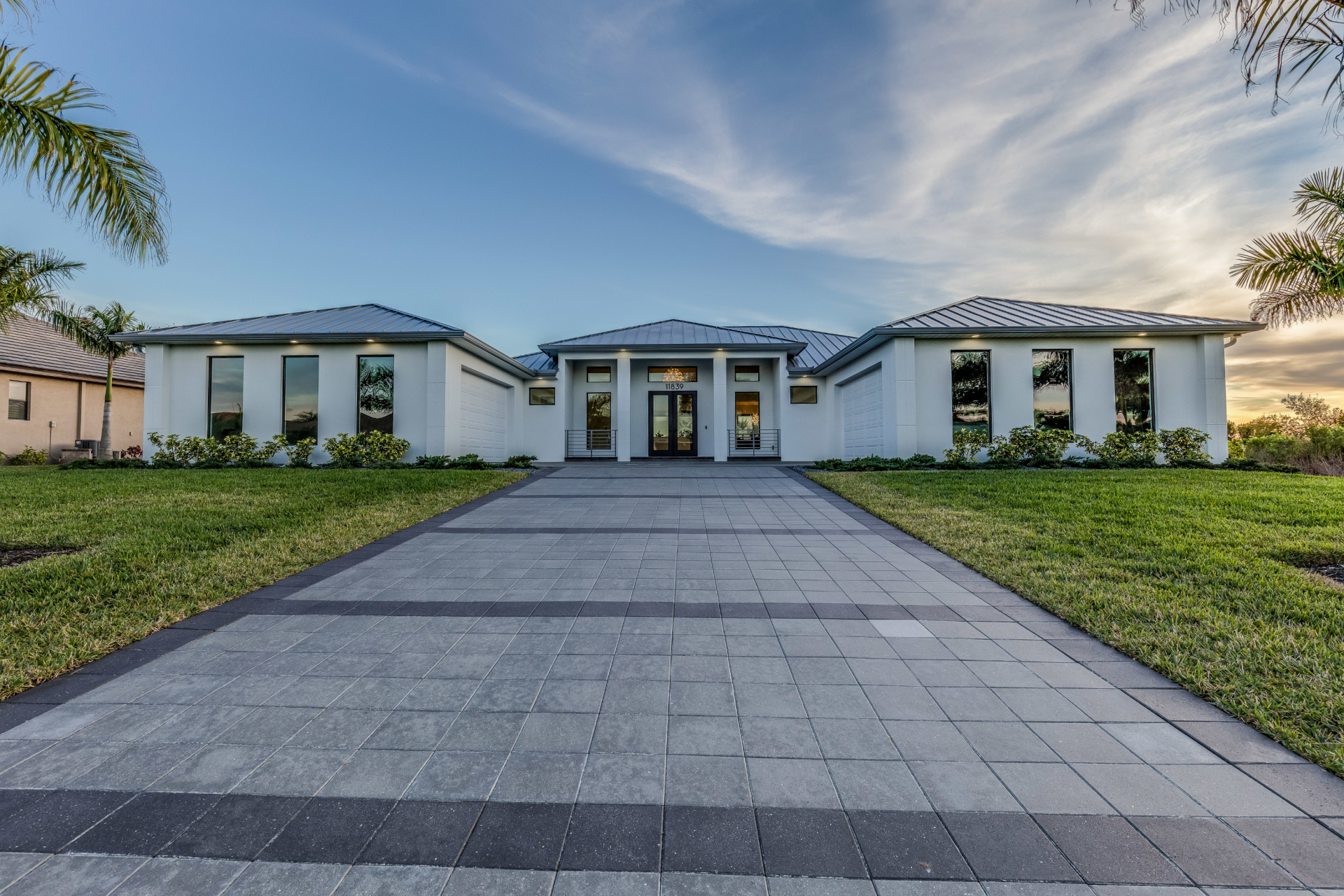Low-income owners’ home values have increased by 75% since 2012
Home equity and retirement savings accounts represent over 60% of a household’s net worth, according to the U.S. Census Bureau, and the last decade has resulted in a significant uptick in low-income homeowners’ home values.
Between 2012 and 2022, the nationwide median value of homes owned by low-income households (households earning no more than 80% of metro area’s median income) rose 75%, or $98,910.
In comparison, middle-income households (earning between 80% and 200% of the metro’s median income) saw an increase of 68%, or $122,070, during that time, while upper-income households (earning over 200% of the area’s median income) saw an increase of $150,810, according to a report released on Tuesday by the National Association of Realtors (NAR).
The trade group used the American Community Survey Public Microdata Sample data and the Federal Housing Finance Agency’s House Price Index data to estimate the 2022 median home value for the 200 largest metro areas across the country, categorized based on income level and racial/ethnic group.
What the data showed was that the homeownership rate was 47% for low-income households, 69% for middle-income households, and 87% among upper-income households. The report found that most low-income households are in the South and West, while most middle-income households are in the Midwest and parts of the West, and upper-income households are mainly concentrated in the West and Northeast.
At 73%, Ocala, Florida has the highest homeownership rates for low-income households, followed by Prescott, Arizona (68%) and Barnstable Town, Massachusetts (67%). In these metros, low-income households had an average wealth gain of $140,000 in the 10 years between 2012 to 2022, with Prescott recording the largest wealth gain at $200,000 over the last decade.
For middle-income households across racial and ethnic groups, Barnstable Town had the highest homeownership rate at 86%, followed by Ogden, Utah (85%) and Port St. Lucia, Florida (83%). Middle-income homeowners in Ogden recorded the largest wealth gain among all metros for their income bracket, gaining $220,000 in wealth from 2012 to 2022.
Meanwhile for upper-income households, Rochester, Minnesota had the highest homeownership at 98.4%, followed by Des Moines, Iowa (96.4%) and Cedar Rapids, Iowa (96.4%).
According to the data, the amount of wealth gained typically increases by home price level and the number of years someone has owned the home.
Low-income households typically own a home with a value of $65,000 lower than median value of homes owned by middle-income households. However, low-income households spend an average of 19 years in their homes, compared to 15.8 years for middle-income households.
However, regardless of income level, homeowners who live in the most expensive metro areas experienced the largest wealth gains. In the San Jose metro area, low-income homeowners gained nearly $630,000 in wealth over the past decade, while middle-income households gained $643,000. The top 10 areas for wealth gains were all in California and averaged over $290,000 in wealth gain over the past decade.
Among what NAR calls “racial/ethnic groups,” white Americans had the highest homeownership rate at 74.5%, followed by Asian Americans (61.9%), Hispanic Americans (48.5%), and Black Americans (44.9%).
From 2012 to 2022, Black homeowners experienced smallest wealth gain among all racial/ethnic groups as $115,000, compared to $138,430 for white Americans, $162,450 among Hispanic Americans and $239,430 among Asian Americans.
For Black homeowners, the largest wealth gains between 2012 and 2022 occurred in Bremerton, Washington ($585,710), Santa Maria, California ($583,980), and Lake Havasu City, Arizona ($574,740).
In the same three metro areas, other racial/ethnic groups experienced smaller wealth gains. However, the other three racial/ethnic groups had a larger overall highest wealth gain, with San Jose, California giving white American homeowners, Asian American homeowners, and Hispanic American homeowners wealth gains of $890,170, $777,650, and $594,910, respectively.
Overall, across racial/ethnic groups, Black Americans own homes that are valued at roughly $64,000 less than homes owned by white Americans, at a median home value of $217,990 for Black Americans versus $281,500 for white Americans. The highest median home value was among Asian Americans at $521,620.
Have A Question?
Use the form below and we will give your our expert answers!
Reverse Mortgage Ask A Question
Start Your Loan
with DDA todayYour local Mortgage Broker
Mortgage Broker Largo See our Reviews
Looking for more details? Listen to our extended podcast!
Check out our other helpful videos to learn more about credit and residential mortgages.





